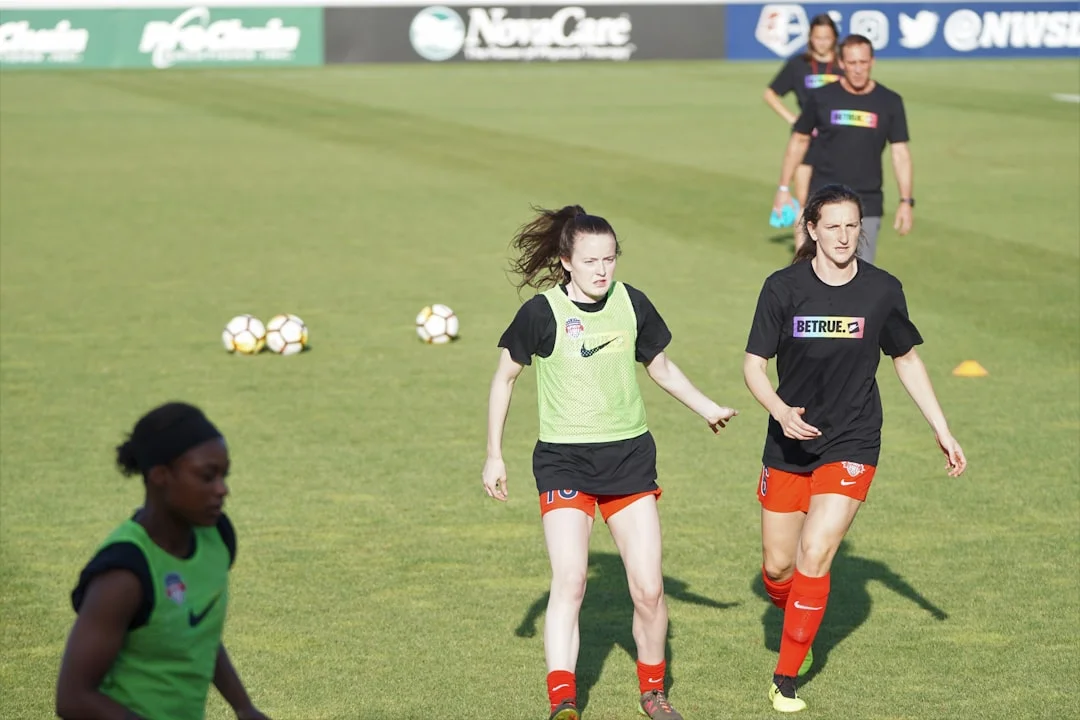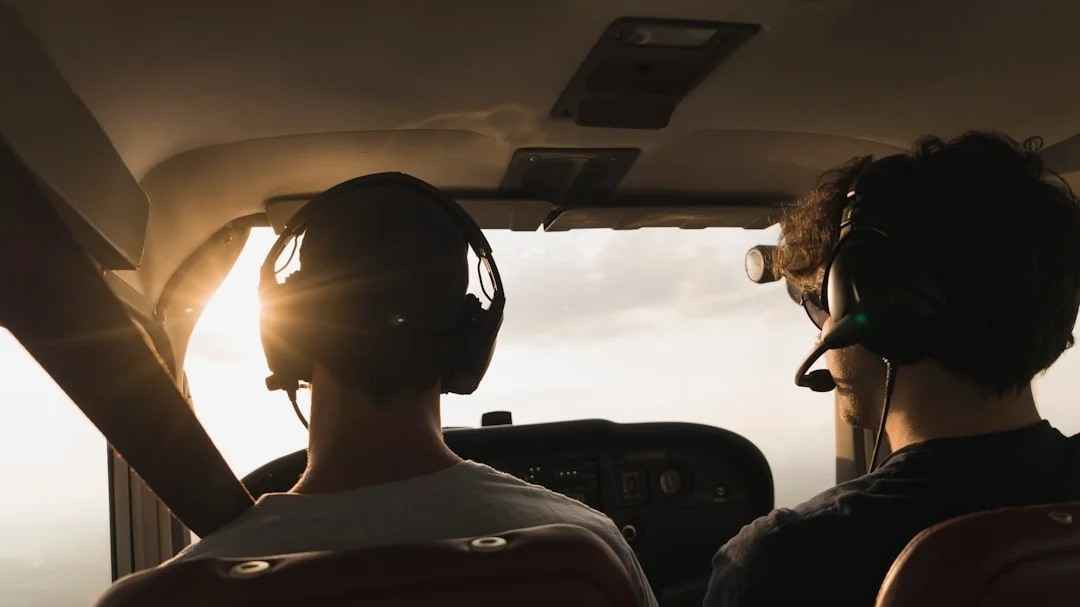Minimum Control Speed In Landing Configuration, commonly abbreviated as VMCL, is a critical airspeed parameter used in aviation to ensure safe aircraft control during the approach and landing phases. This speed is specifically defined as the minimum speed at which an aircraft can maintain directional control with the critical engine inoperative and the landing gear and flaps extended to landing configuration. VMCL serves as a safety benchmark, particularly for multi-engine aircraft, helping pilots avoid loss of control situations in asymmetric thrust conditions when landing.
Understanding VMCL involves complex aerodynamics, piloting skills, and aircraft-specific performance data. It is usually determined during aircraft certification tests and is vital for flight operations involving engine failures during landing. Aviation professionals and pilots regularly reference VMCL during approach briefing and performance calculations to maintain safe control margins.
Contents
- 1 Importance of Minimum Control Speed In Landing Configuration (VMCL)
- 2 Factors Affecting Minimum Control Speed In Landing Configuration (VMCL)
- 3 How Minimum Control Speed In Landing Configuration (VMCL) is Determined
- 4 Operational Guidelines Related to Minimum Control Speed In Landing Configuration (VMCL)
- 5 Summary of Key Technical Data Regarding VMCL
Importance of Minimum Control Speed In Landing Configuration (VMCL)
The concept of Minimum Control Speed In Landing Configuration (VMCL) is crucial in aviation safety for several reasons. Primarily, VMCL ensures that the pilot can maintain directional control of the aircraft if one engine fails during the critical landing phase. At speeds below VMCL, the asymmetric thrust produced by the operating engine(s) creates uncontrollable yawing moments, which may result in loss of directional stability and potential runway excursions.
VMCL is integral in pilot training programs and operational procedures for multi-engine aircraft. Regulations require pilots to be knowledgeable about VMCL and to maintain at least this speed whenever operating in a configuration where an engine failure would have severe consequences. Many aircraft manufacturers provide exact VMCL values in their flight manuals, typically ranging from 1.1 to 1.3 times the stall speed (VS) with flaps and landing gear extended. This provides a practical margin to counteract wind gusts and pilot-induced control inputs during emergency situations.
Factors Affecting Minimum Control Speed In Landing Configuration (VMCL)
Several factors influence the actual Minimum Control Speed In Landing Configuration (VMCL) of an aircraft. These factors include aerodynamic configuration, aircraft weight, center of gravity location, engine thrust, and environmental conditions. VMCL is typically established using the most unfavorable scenario: the critical engine fails at maximum power while the aircraft is configured with full landing gear and flaps extended.
The aircraft’s propeller slipstream and rudder effectiveness also heavily influence VMCL. For instance, larger aircraft with more powerful engines have higher VMCL values due to increased asymmetric thrust during an engine failure. Environmental conditions such as crosswinds can effectively increase the VMCL because additional rudder input may be necessary to maintain heading, reducing control authority. Pilots must account for these factors, especially when operating in challenging environments or at maximum landing weights.
How Minimum Control Speed In Landing Configuration (VMCL) is Determined
Determining the Minimum Control Speed In Landing Configuration (VMCL) involves comprehensive flight testing and analysis performed during aircraft certification by regulatory authorities such as the FAA or EASA. During these flight tests, the aircraft is put into a landing configuration with full flaps and the landing gear extended. The critical engine is simulated as failed or is actually deactivated, and the aircraft’s airspeed is gradually reduced to find the lowest speed at which the pilot can maintain directional control using flight controls alone.
Typical test procedures involve applying maximum rudder deflection without using ailerons to counteract the yaw. The VMCL value is that lowest steady flight speed at which the aircraft maintains heading within a specified limited bank angle, commonly set to 5 degrees. This speed must be higher than the aircraft’s stall speed (VS) in landing configuration. Once calculated, VMCL information is included in aircraft operating handbooks to guide pilots in real-world situations where engine failure coincides with landing operations.
Operational Guidelines Related to Minimum Control Speed In Landing Configuration (VMCL)
Pilots are trained to recognize the significance of VMCL during critical phases of flight. Operating below VMCL with one engine out and in landing configuration can lead to hazardous circumstances, including uncontrolled yaw or roll, potentially resulting in an accident. Flight procedures mandate that speed during single-engine approaches or landings must remain above VMCL to keep control and avoid stalling conditions.
In practical terms, maintaining VMCL means precise power management and aircraft handling. The pilot must manage engine power asymmetry by applying appropriate rudder input and controlling speed with the thrust lever of the functioning engine. Some modern aircraft utilize automated systems to assist pilots; however, manual knowledge of VMCL remains vital. For more detailed information on multi-engine performance considerations and minimum control speeds, consult resources such as the Federal Aviation Administration (FAA) guidance publications available online at their official website (FAA Guidance).
Summary of Key Technical Data Regarding VMCL
The Minimum Control Speed In Landing Configuration (VMCL) is quantitatively represented as a calibrated airspeed (KCAS) or indicated airspeed (KIAS) and is typically calculated as: VMCL ≈ 1.1 to 1.3 × VS0, where VS0 is the stall speed in landing configuration. For example, if an aircraft’s VS0 is 70 knots, VMCL might range from approximately 77 to 91 knots depending on engine power and configuration.
Additional data required to evaluate VMCL include aircraft weight, center of gravity limits, altitude, and outside air temperature, as these factors impact aerodynamic control forces and thrust output. Adverse conditions such as icing or turbulence may necessitate a higher margin above VMCL to maintain control safety. Always reference the aircraft’s Pilot Operating Handbook (POH) for exact VMCL values and operational recommendations.




